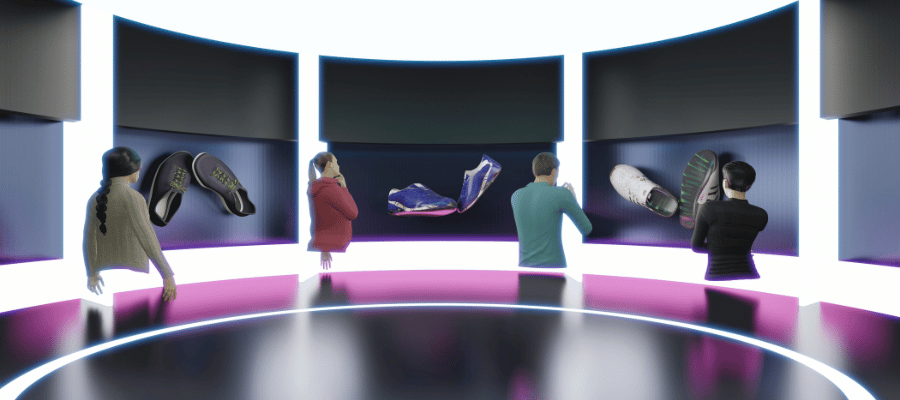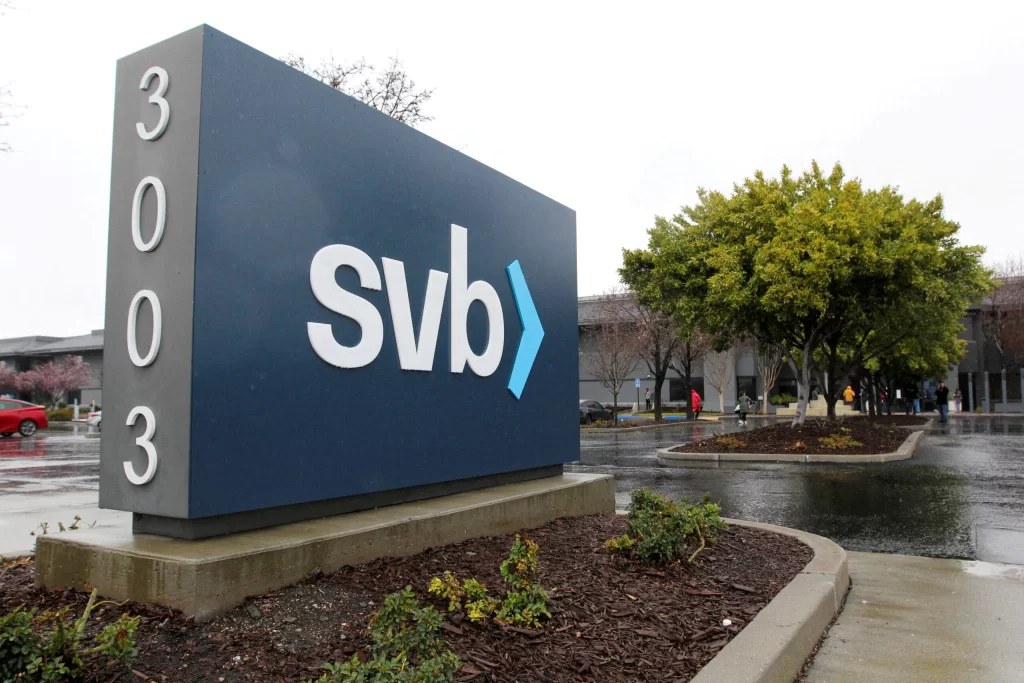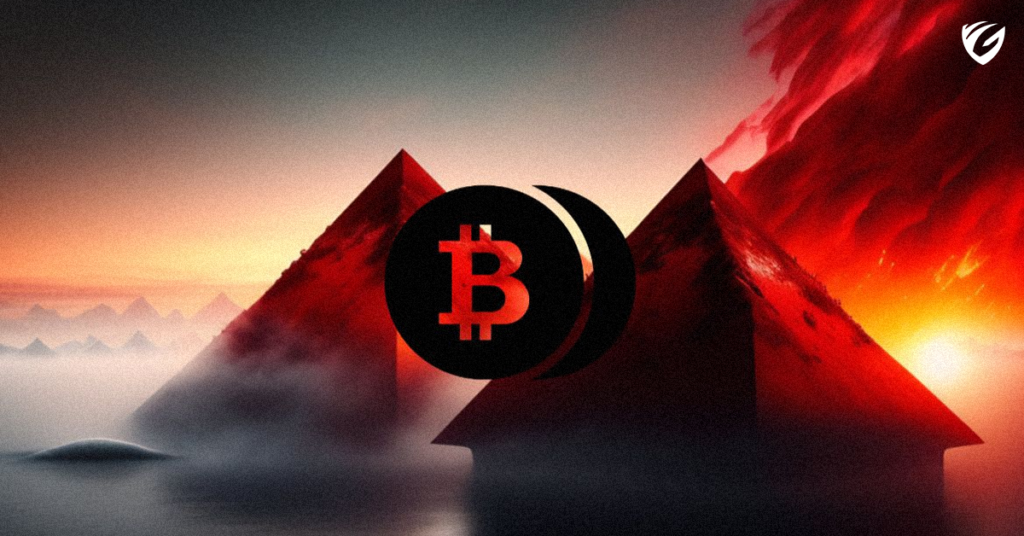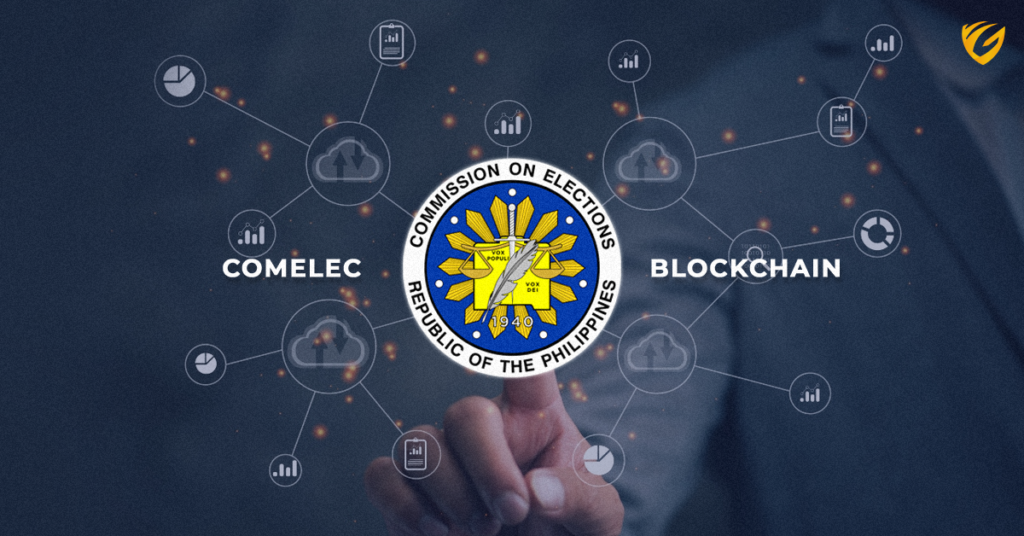The Metaverse, explained
This is the third article of a six-part series exploring the concept of the Metaverse and the seventh of a seven-part series exploring the basics of Web3.
In recent years, we have seen the emergence of a new industry that promises to change how people communicate, conduct business and interact with one another: the metaverse. The industry has become a multi-billion dollar industry and is already being developed by major tech firms like Apple and Facebook. In the face of stiff competition from other tech giants, Microsoft made a strategic move to purchase Activision Blizzard for US$68.7 billion to fortify its position in the interactive entertainment space.
So what exactly is the metaverse and is it more than a buzzword?
Science fiction has long envisioned a day when humanity would inhabit a virtual world called “The Metaverse.” The metaverse is a virtual world where people, as their digital selves, can interact with one another. Think of it as a next-generation World Wide Web where people and objects can interact through a VR interface that utilizes artificial intelligence and augmented reality.
These worlds allow users to immerse themselves into the metaverse and roam freely using a virtual reality headset, which allows users to experience worlds through physical sensations and feedback controllers or voice commands. The headset creates what is known as presence, which is the physical sensation of actually being there. In the metavere, users can explore new worlds and interact with other users through avatars that can be customized to their liking.

The kinds of interactions within the metaverse can be virtually anything and could include virtual dating, virtual shopping, virtual education or virtual business networking. The possibilities are endless and it’s being hyped up as the next-generation Internet.
Another major application beyond gaming is music and entertainment. Some companies are already experimenting with hosting concerts in virtual reality and leveraging the immersive nature of virtual reality to sell products or services. Additionally, sports teams are building virtual stadiums so fans can watch games and presumably purchase virtual merchandise.
Supported by its own digital economy, the Metaverse is an entirely new version of reality.

When can we expect to see it?
Meta CEO Mark Zuckerberg says it could take between five and 10 years for key features of the metaverse to become mainstream. But aspects of the metaverse exist already. Ultra-fast broadband speeds, virtual reality headsets and persistent always-on online worlds are already widely available, even though they may not be accessible to all.
What are some examples of it?
Facebook, Microsoft and a host of other companies are jockeying to develop the next iteration of the internet. Here’s a look at what’s happening today that could lead to the metaverse of tomorrow:
Alphabet. In 2014, Google’s parent company Alphabet invested $500 million into Magic Leap, a Florida-based augmented reality startup company that could revolutionize how we interact with computers, through wearable glasses that project interactive holograms into the real world.
Meta. In 2021, Facebook’s parent company rebranded itself as Meta — a cornerstone of founder Mark Zuckerberg’s grand ambitions to reimagine the social media platform as “a metaverse company, building the future of social connection.” Meta has already allocated significant funds to virtual reality in numerous ways and has made several acquisitions in this area as well. Zuckerberg envions the metaverse as a virtual world where digital avatars connect through work, travel or entertainment using VR headsets. Mark Zuckerberg has been optimistic about the metaverse and believes it has the capacity to supersede the internet as we know it.

Microsoft. The recent trend of tech firms developing holographic and XR applications has sparked considerable interest among consumers. Microsoft has already used holograms in its HoloLens headset and is developing mixed and extended reality applications with its Microsoft Mesh platform. Microsoft recently revealed its plans for bringing mixed-reality including holograms and virtual avatars to Microsoft Teams in 2022.
Epic games. The American video game and software developer is building its own virtual universe. The company has recently held concerts by the likes of Ariana Grande and Travis Scott, movie trailers and music debuts and even an immersive re-imagining of Martin Luther King Jr.’s 1963 historic “I Have A Dream” speech. Epic games is also developing photorealistic digital humans with its MetaHuman Creator, which aims to allow users to customize their digital doppelganger in future open-world games.
Roblox. Founded in 2004, this user-generated platform allows players to build homes, play games and role-play scenarios. Roblox is now valued at more than $45 billion after going public in 2021. On the day of its IPO in March last year, the Roblox founder and CEO David Baszucki tweeted a “thank you to all who helped to bring this platform one step towards fulfilling their vision of the #Metaverse.”

Minecraft. This virtual universe beloved by kids, Microsoft’s digital equivalent of Legos. Players create their own digital character and build whatever they desire. In 2022, Minecraft had over 170 million average active users per month. During the pandemic, it exploded in popularity with kids who had to be more dependent on virtual connections.
Enthusiastic about the metaverse’s potential applications, non-tech corporations are also clamoring to position themselves as pioneers in the new internet. Nike is filing new trademarks to sell virtual Air Jordans while Walmart is preparing to sell virtual merchandise in online stores using its own cryptocurrency and non-fungible tokens (NFTs).

Two years of a pandemic have prompted us to redefine “virtual.” Though we are far from creating the perfect version of a virtual world, a rethinking of what it means to gather virtually and at scale is underway.



